Cheongsongok (청송옥)
7.8Km 2024-02-20
14 Seosomun-ro 11-gil, Jung-gu, Seoul
Cheongsongok is a jangteo gukbap (rice soup) restaurant that opened in 1984. The signature menu is jangteo gukbap, a rice soup with green onions and radishes in beef bone broth. The kimchi served with the gukbap is homemade, known for its spicy flavor and crisp texture. Nearby is Deoksugung Palace, and the Seokjojeon Hall in Deoksugung Palace presents a picturesque landscape harmonized with the garden, making it a popular spot for photography.
Amsa Ecological Park (암사생태공원)
7.8Km 2017-01-12
83-66, Seonsa-ro, Gangdong-gu, Seoul
+82-2-3780-0501
Amsa Ecological Park (located in Amsa-dong) is a large scenic park with long winding trails passing by reeds and other beautiful plants of the Han River. It is here as well that visitors can watch the flight of Korea’s migratory birds. The Ecological Park is famous for its beautiful scenery and its lush groves of reeds and pussy willows growing alongside the natural riverside road. Wild roses, loosestrifes, and tiger lilies are in bloom from spring to fall and the observation deck gives visitors a beautiful view of Han River and the area’s wide variety of birds such as reed warblers, titmice, and swallows. The river basin and its surrounding stones are a great place to learn about nature and are home to various bugs such as beetles, river mayflies, big scarlet hairstreak butterflies, and other water insects.
The Amsa Ecological Park is located nearby Godeok River Side Ecological Park and the Bicycle Theme Park, making this particular area one of the most popular tourist attractions along the Han River.
Gwangnaru Hangang Park (광나루한강공원)
7.8Km 2021-12-25
83-66, Seonsa-ro, Gangdong-gu, Seoul
+82-2-3780-0501
Hangang Citizen's Park, composed of 12 areas including Jamsil, Ttukseom and Jamwon, is an eco-friendly park providing areas for sports and leisure. The park is equipped with various cultural and recreational facilities and also has an ecological park. Gwangnaru Hangang Park formed naturally through rich silt that flowed in from the upper Hangang River that was then filled with reeds, creating an ideal habitat for groups of migratory birds.
Sungnyemun Gate (숭례문)
7.8Km 2024-11-27
40 Sejong-daero, Jung-gu, Seoul
Sungnyemun Gate is Korea’s National Treasure No. 1, and its unofficial name is Namdaemun Gate. Sungnyemun Gate is the largest castle gate stone structure with an arched entrance in the middle. There’s a column on top of a platform, raising the roof, distinguishing the upper stories and lower stories of the building. Passageways for traffic are located at the east and west ends of the gate. Different from the other gates, Sungnyemun Gate’s tablet has its name written vertically.
On February 10, 2008, Sungnyemun was destroyed by fire. After a 5-year reconstruction work, the gate was re-opened to the public again on May 4, 2013.
Ahn Junggeun Memorial Museum (안중근의사기념관)
7.8Km 2024-03-06
91, Sowol-ro, Jung-gu, Seoul
82-2-3789-1016
The Ahn Junggeun Memorial Museum honors the memory of Ahn Junggeun (1879-1910), an independence activist and soldier who advocated for Korean independence and peace in Asia. He fought against the Japanese to defend the Korean Empire (1897-1910). He was executed in 1910 for assassinating Hirobumi Ito, the Japanese who led the invasion of Korea in 1909, in Harbin, China.
Myeong-dong, Namdaemun, Bukchang-dong, Da-dong and Mugyo-dong Special Tourist Zone (명동 남대문 북창동 다동무교동 관광특구)
7.8Km 2021-12-30
40, Sejong-daero, Jung-gu, Seoul
+82-2-3396-4622
Myeong-dong, Namdaemun, Bukchang-dong and Da-dong are widely known among international visitors as hot spots for shopping and food.
Myeong-dong is a popular destination for shopping, culture, arts and fashion. Major shopping malls such as Lotte Department Store, Shinsegae Department Store, Myeong-dong Migliore and Samik Fashion Town are located here. Shoppers can find a variety of products here from high-end items to relatively inexpensive clothes. There’s also no shortage of street food, traditional restaurants, coffee shops and fancy cafes.
Namdaemun Market is the biggest traditional market in Korea. Visitors can purchase souvenirs and local produce at an affordable price in the shopping complex crowded with stores and street stalls. The market sells a variety of clothes, kitchenware, toys, accessories, food, flowers and imported goods.
Bukchang-dong and Sogong-dong have high-end accommodations including Lotte Hotel Seoul and Westin Chosun Seoul, duty-free shops, and restaurants serving traditional dishes.
[Myeong-dong, Namdaemun Market and Bukchang-dong Special Tourist Zone]
Areas included: Myeong-dong, Bukchang-dong, Mugyo-dong and Da-dong, Seoul
Area size: 872,809 ㎡
Tourist attractions: Myeong-dong, Namdaemun Market and Bukchang-dong, Department Stores (Lotte Department and Shinsegae Department Store, etc.), Traditional Market, Duty-free Shop, Hanok Village, N Seoul Tower, etc.
Bada Sikdang (바다식당)
7.8Km 2021-05-25
18, Itaewon-ro, 49-gil, Yongsan-gu, Seoul
+82-2-795-1317
This is a restaurant that sells thick beef bone broth-based Budaejjigae (spicy sausage stew). This Korean dishes restaurant is located in Yongsan-gu, Seoul. The most famous menu is sausage stew.
Goethe-Institut Korea (주한독일문화원)
7.8Km 2019-03-18
132, Sowol-ro, Yongsan-gu, Seoul
Goethe-Institut branches out worldwide as a cultural ambassador of Germany. The institution promotes German language and facilitates international cultural exchanges abroad by providing information related to Germany's culture, society and politics.
With an extensive network around the globe consisting of Goethe-Centers, cultural organizations, information centers, language examination centers, and language learning centers, Goethe-Institut is able to carry out tasks centered on foreign culture and educational policies. The center also engages in activities as a partner to Germany’s private and public cultural organizations, the federal government, and local communities.
Gangseo Myeonok (강서면옥)
7.8Km 2020-04-17
35, Sejong-daero 11-gil, Jung-gu, Seoul
+82-2-752-1945
Gangseo Myeonok has been famous for over fifty years, having been the food of choice served to visiting dignitaries from North Korea at the time of the South-North Red Cross Conference. The restaurant has succeeded in carrying on the tradition of Pyeongyang-style naengmyeon. The native buckwheat from Gangwon-do mixed with starch makes for fine noodles, and the wonderful broth is made from beef brisket with white radish kimchi.
Archaeological Site in Amsa-dong, Seoul (서울 암사동 유적)
7.8Km 2021-07-27
875, Olympic-ro, Gangdong-gu, Seoul
+82-2-3425-6520
The Archaeological Site in Amsa-dong reproduces the lifestyle of the Neolithic Era. Even the entrance gate is shaped like a huge dolmen and the trash cans are ancient diagonal-line patterned earthenware. Archaeological Site in Amsa-dong was excavated in 1925 when a flood washed away the soil on the banks of the Hangang River and exposed a large number of diagonal-line patterned earthenware. After several excavations, the Archaeological Site in Amsa-dong was established.
The site was a location for a massive colony, thus many ancient buildings, stone axes and stone arrows have been uncovered as well as countless diagonal-line patterned earthenware. The housing site is round with a spot in the center for fire. The site is colossal and possesses nine mud huts, two exhibition halls displaying ancient artifacts and an open mud hut where visitors can experience life in the Neolithic Era. The site offers many attractions such as mud huts and promenades. Archaeological Site in Amsa-dong is also very educational for children and families who want to learn and experience the Neolithic Age.
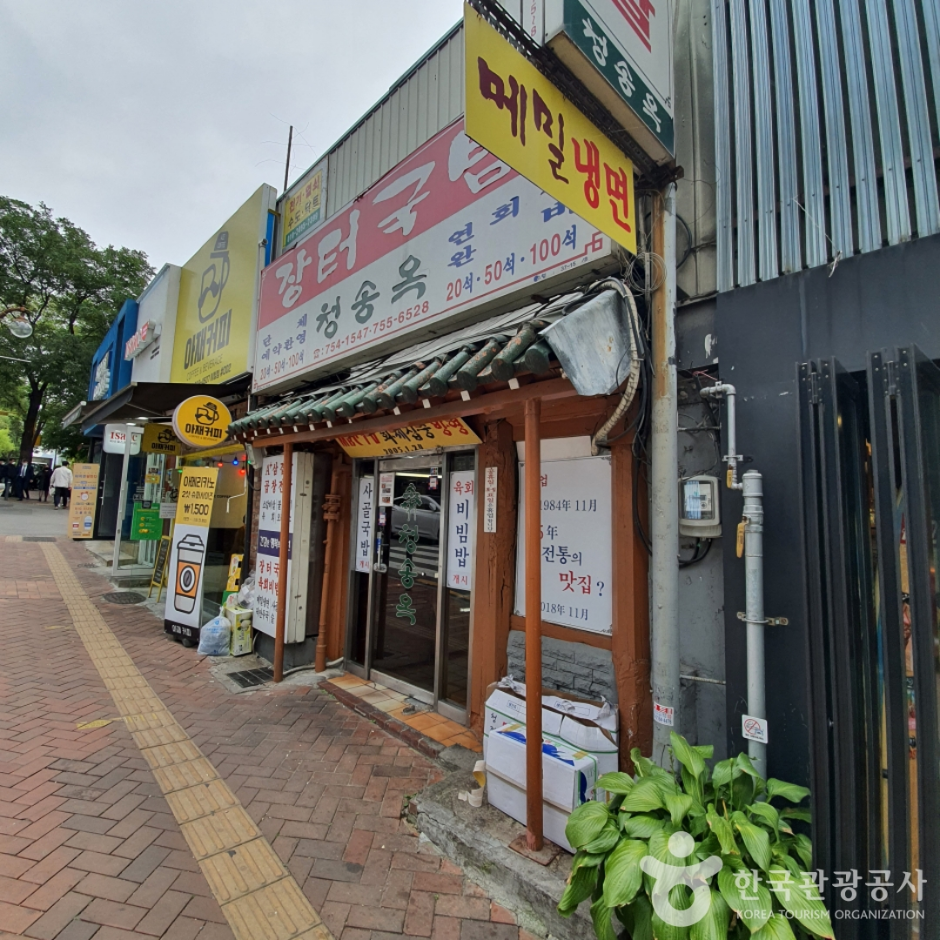
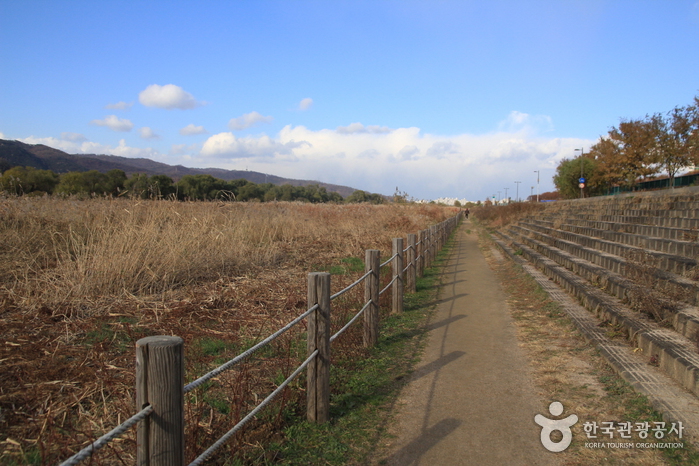
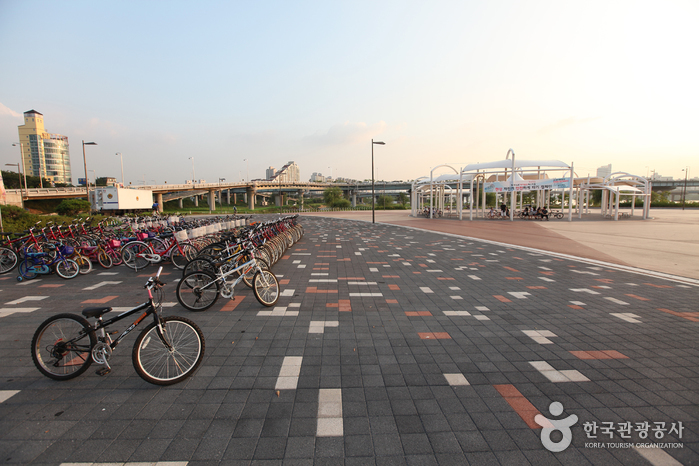
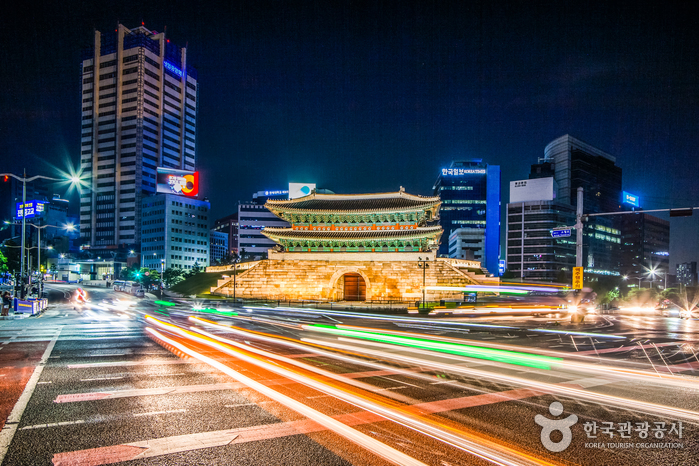
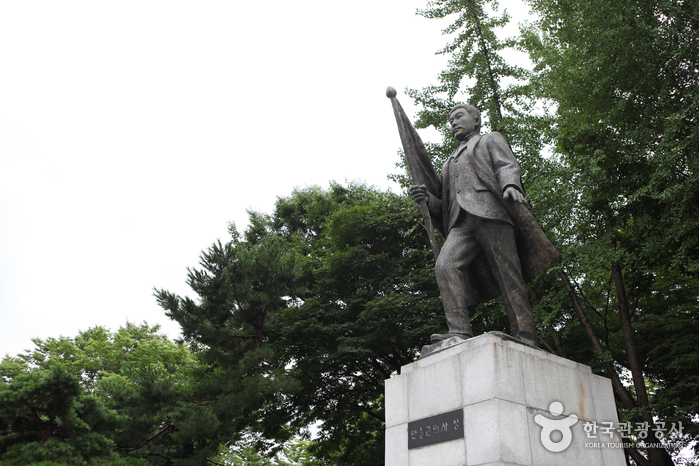
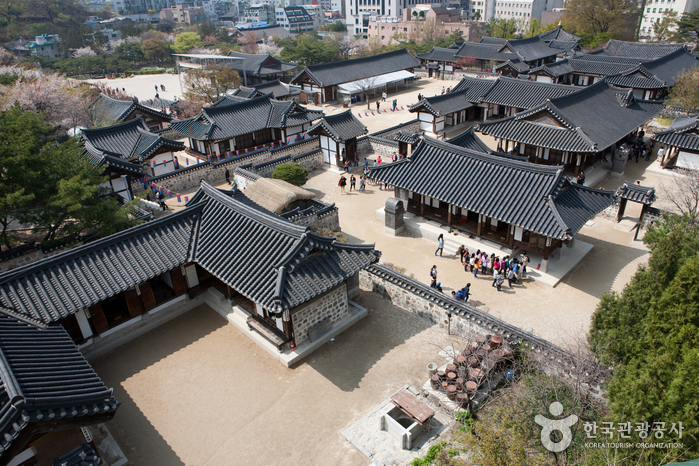
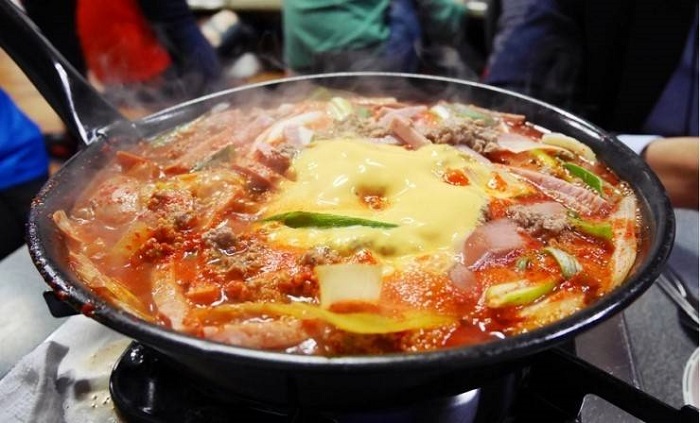
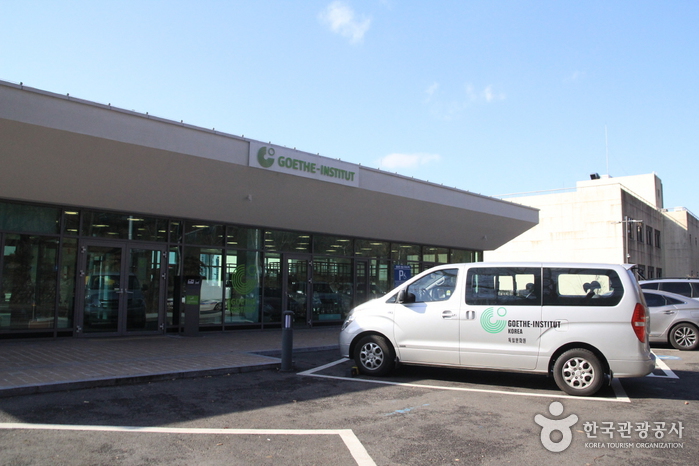

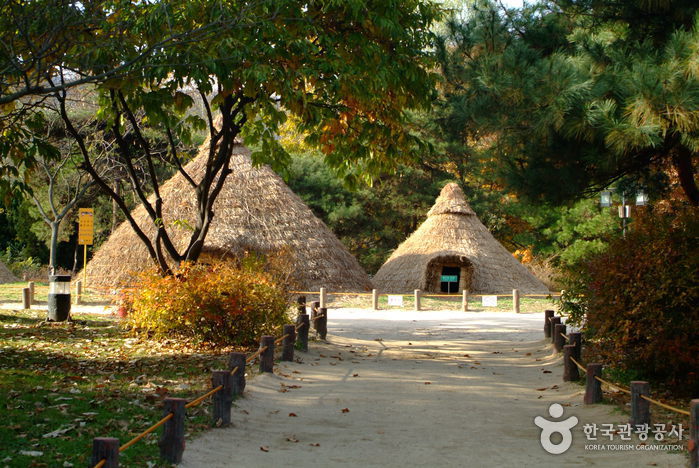
 English
English
 한국어
한국어 日本語
日本語 中文(简体)
中文(简体) Deutsch
Deutsch Français
Français Español
Español Русский
Русский